Archives
- 2025-12
- 2025-11
- 2025-10
- 2025-09
- 2025-03
- 2025-02
- 2025-01
- 2024-12
- 2024-11
- 2024-10
- 2024-09
- 2024-08
- 2024-07
- 2024-06
- 2024-05
- 2024-04
- 2024-03
- 2024-02
- 2024-01
- 2023-12
- 2023-11
- 2023-10
- 2023-09
- 2023-08
- 2023-07
- 2023-06
- 2023-05
- 2023-04
- 2023-03
- 2023-02
- 2023-01
- 2022-12
- 2022-11
- 2022-10
- 2022-09
- 2022-08
- 2022-07
- 2022-06
- 2022-05
- 2022-04
- 2022-03
- 2022-02
- 2022-01
- 2021-12
- 2021-11
- 2021-10
- 2021-09
- 2021-08
- 2021-07
- 2021-06
- 2021-05
- 2021-04
- 2021-03
- 2021-02
- 2021-01
- 2020-12
- 2020-11
- 2020-10
- 2020-09
- 2020-08
- 2020-07
- 2020-06
- 2020-05
- 2020-04
- 2020-03
- 2020-02
- 2020-01
- 2019-12
- 2019-11
- 2019-10
- 2019-09
- 2019-08
- 2019-07
- 2019-06
- 2019-05
- 2019-04
- 2018-11
- 2018-10
- 2018-07
-
Nile tilapia Oreochromis niloticus is an important species f
2021-04-13
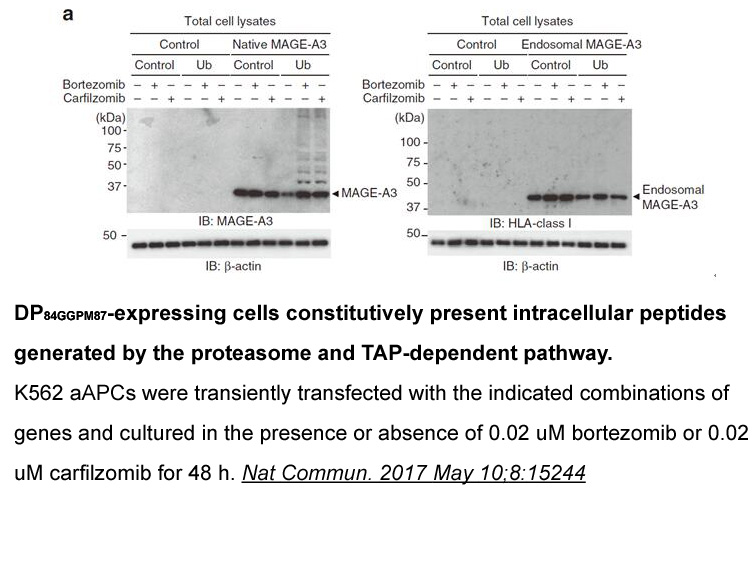
Nile tilapia (Oreochromis niloticus) is an important species farmed worldwide (Doan et al., 2018). Lipid-rich diets are commonly used in Nile tilapia aquaculture to reduce feed cost, but impair lipid homeostasis (Huang et al., 2016). Therefore, it is important to determine whether forskolin can stim
-
br Author Contributions br Funding Canadian Institutes of
2021-04-13
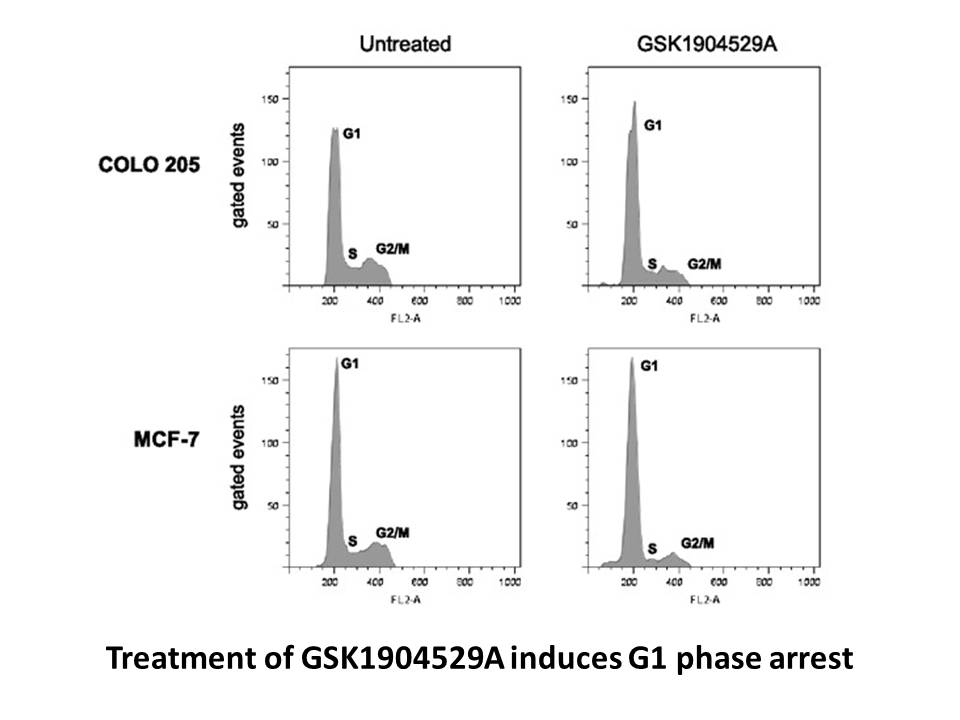
Author Contributions Funding Canadian Institutes of Health Research, operating grant NMD-83126 and the internal funding from the National Research Council Canada, Charlottetown, PE, Canada. Disclosure Statement Acknowledgements Introduction Cholesterol is an essential structural comp
-
We showed for the first time that
2021-04-13
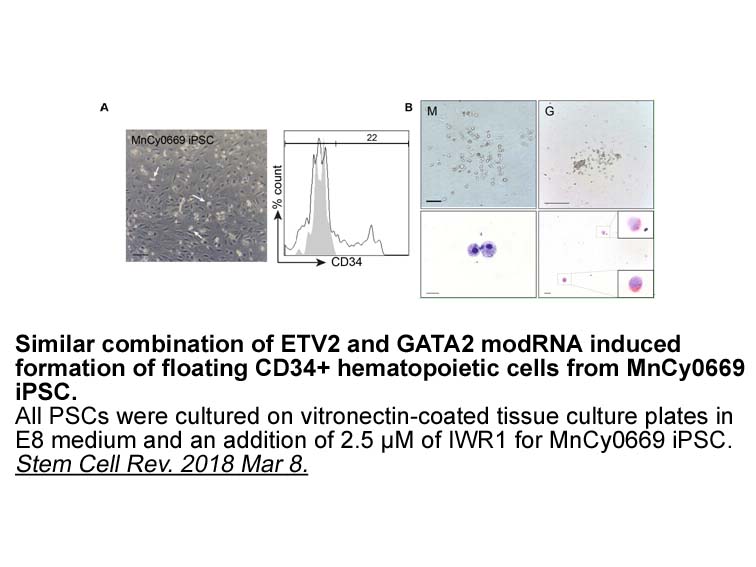
We showed for the first time that ivermectin significantly reduced the pH-induced response of the pHCl-A variant at 300nM, whereas fipronil and γ-BHC had no significant effects on the channel unlike in RDL and GluCl (Fig. 4). Such a concentration is similar to the threshold at which ivermectin activ
-
In rodents but not humans two
2021-04-13
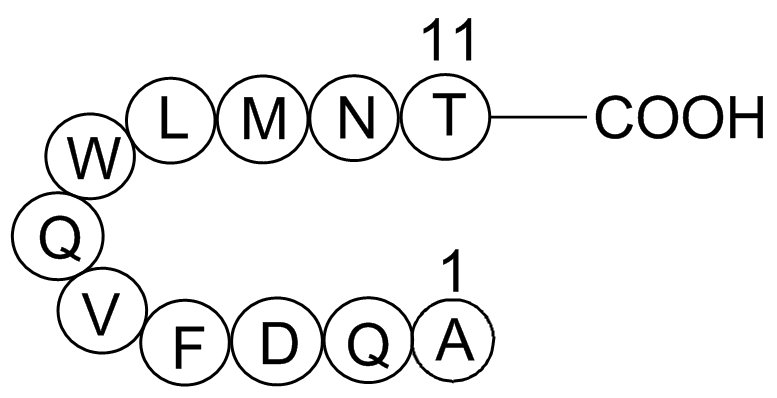
In rodents but not humans, two splice variants of Chk are identified as Ntk and Ctk, which possess and lack the N-terminal unique domain, respectively. While Ctk is abundantly expressed in the brain, Ntk is selectively restricted to myeloid and lymphoid cells, especially megakaryocytes [31]. This ra
-
In countries such as China where there
2021-04-12
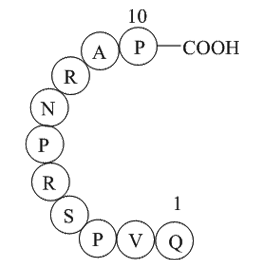
In countries such as China where there is a high commercial production of rice, the use of rice husk ash (RHA) as an alternative cementing material can become a great asset for environmental rehabilitation and address the difficult disposal issues associated with this agricultural waste [23]. RHA po
-
br Conflict of interest statement br References and recommen
2021-04-12
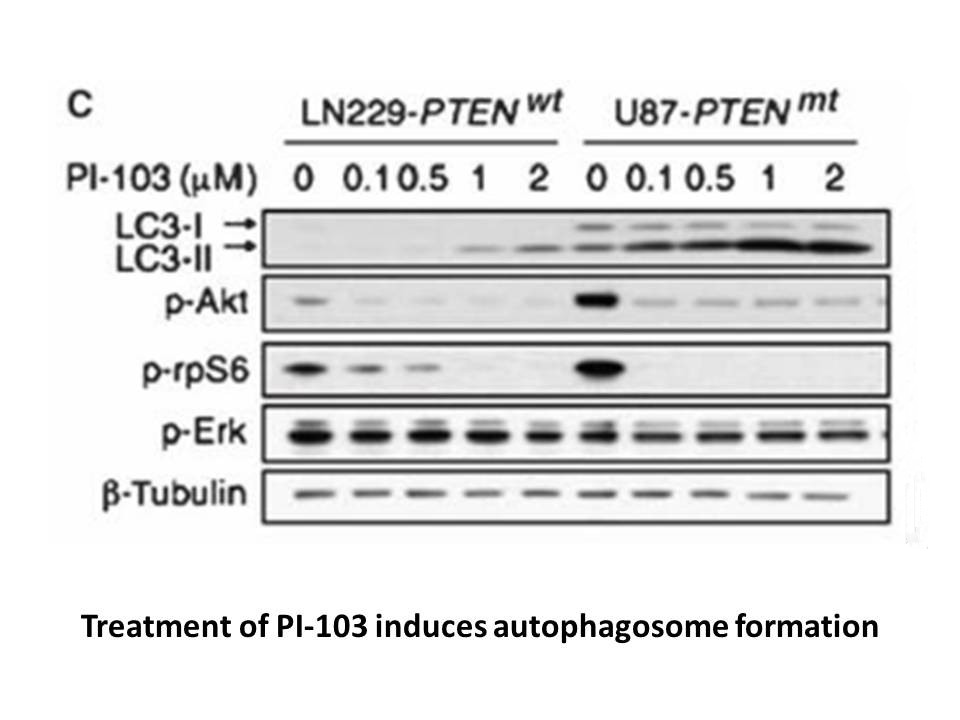
Conflict of interest statement References and recommended reading Papers of particular interest, published within the period of review, have been highlighted as: Acknowledgements We acknowledge financial support by the Swiss State Secretariat for Education, Research and Innovation (Federa
-
Anaesthetized mice of one eNOS KO strain showed a paradoxica
2021-04-12
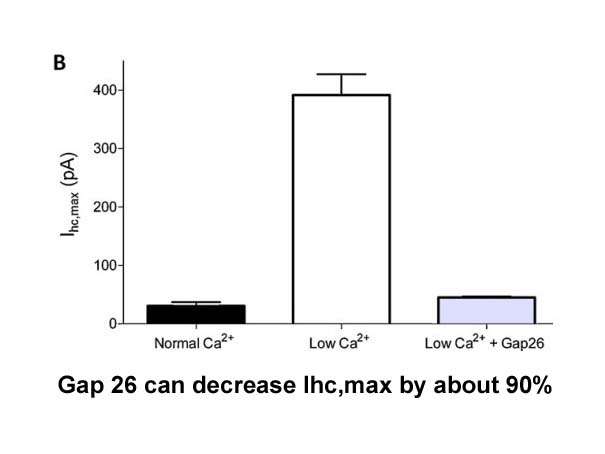
Anaesthetized mice of one eNOS-KO strain showed a paradoxical decrease in blood pressure (BP) in response to i.p. administration of the NOS-inhibitor L-NA suggesting a role for non-endothelial isoforms of NOS in maintaining BP [1]. Alternatively, diminution in the activity of the renin-angiotensin s
-
UNC 0646 receptor br Introduction Malaria remains a serious
2021-04-12
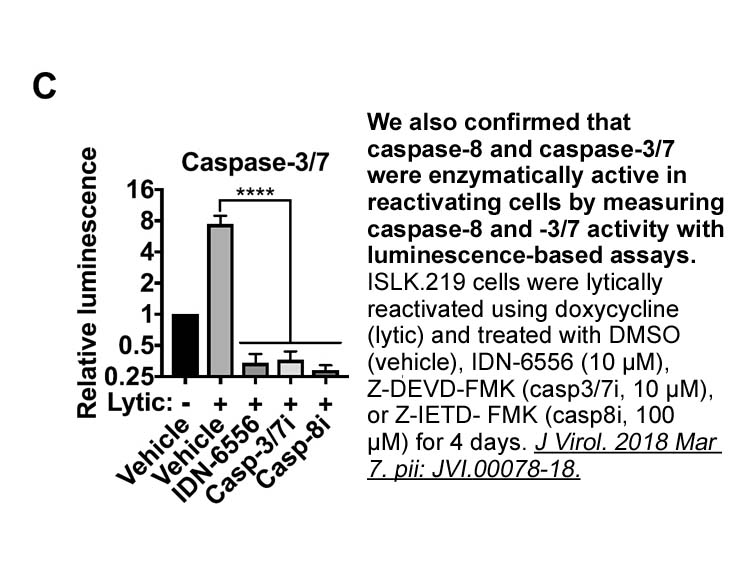
Introduction Malaria remains a serious parasitic disease in tropical areas due to its high morbidity and mortality rates. It is estimated that 212 million cases occurred globally in 2015, leading to 429, 000 deaths, most of which were in children aged under 5 years in Africa [1,2]. The protozoans
-
Consistent with previous simulations on the DFG Asp out
2021-04-12
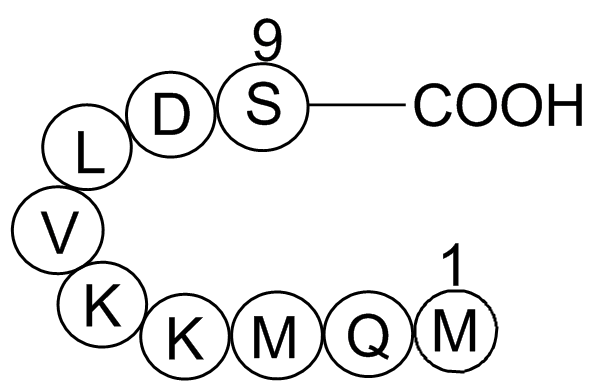
Consistent with previous simulations on the DFG-Asp-out/-in interconversion of Abl kinase, we only observe the DFG flip with protonated Asp747 (Shan et al., 2009). We showed previously that the pKa for the DFG-Asp in Abl is elevated at 6.5. Further “constant pH” simulations whereby protonation event
-
In the present study we combined activity based protein prof
2021-04-12
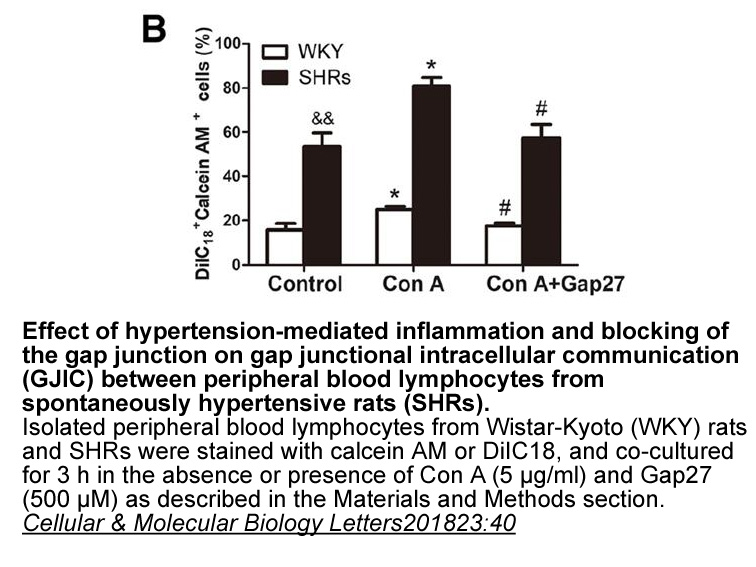
In the present study, we combined activity-based protein profiling, biochemical and genetic approaches to identify the PLCPs involved in the sphingolipid pathway leading to plant PCD. By using Arabidopsis Remodelin and leaves, we demonstrate that this sub-class of plant proteases is activated in res
-
The CRTH inhibitory activities of the
2021-04-12
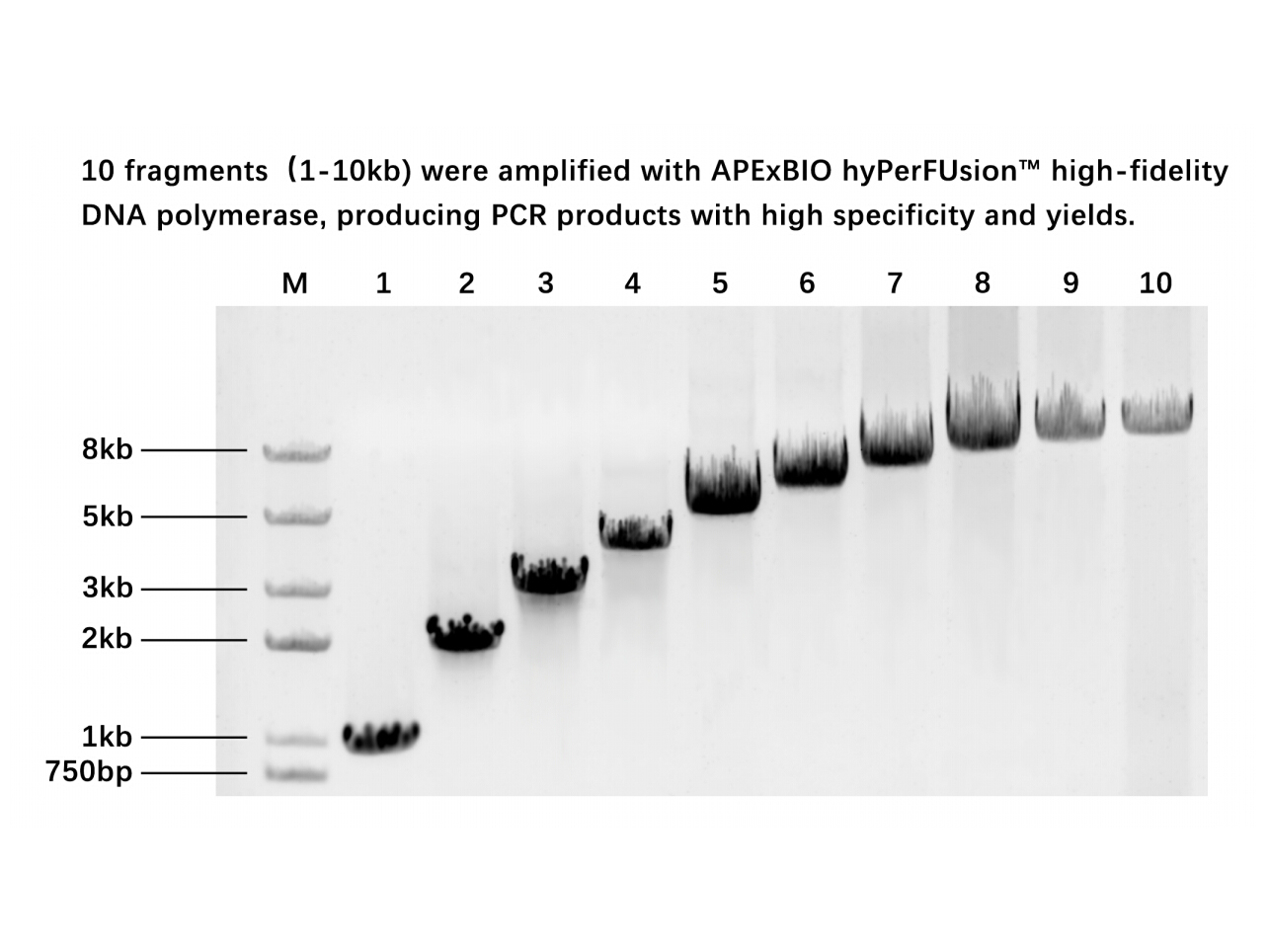
The CRTH2 inhibitory activities of the synthesized compounds are listed in , . At first we introduced halogen or other substituents at the 4,4′-position of phenyl rings in the benzhydryl moiety in order to obtain SAR and to improve the metabolic stability at this moiety (–). It is well-known that in
-
Introduction Klebsiella pneumoniae a Gram negative enteric
2021-04-12
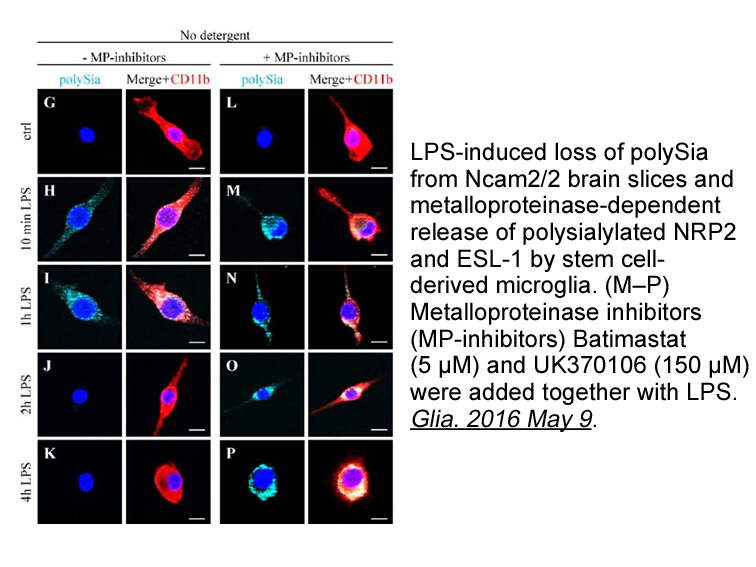
Introduction Klebsiella pneumoniae, a Gram-negative enteric bacterium, is an organism with significance in both biomedicine and biotechnology. Some of the strains of K. pneumoniae are opportunistic pathogens, which can cause suppurative infection, pneumoniae and urinary tract infection in humans (B
-
In a recent report Yoshihara and
2021-04-10
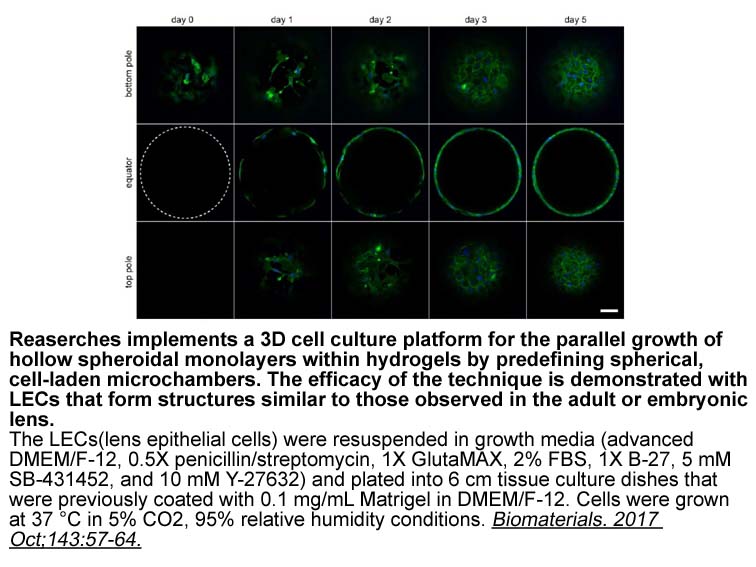
In a recent report, Yoshihara and colleagues (2016) used transcriptomes derived from freshly isolated islets of 2-week-old neonatal, 6-week-old young adult, or 12-week-old adult mice to interrogate how maturation is regulated to acquire glucose responsiveness. The authors observed that estrogen-rela
-
br Material and methods br Results br Discussion
2021-04-10

Material and methods Results Discussion A. fumigatus utilizes several virulence factors that facilitate its establishment in human hosts. Among these factors, the best known are hydrolytic enzymes such as proteases and phospholipases, toxins, melanine and catalases that neutralize the react
-
br Materials and methods F
2021-04-10
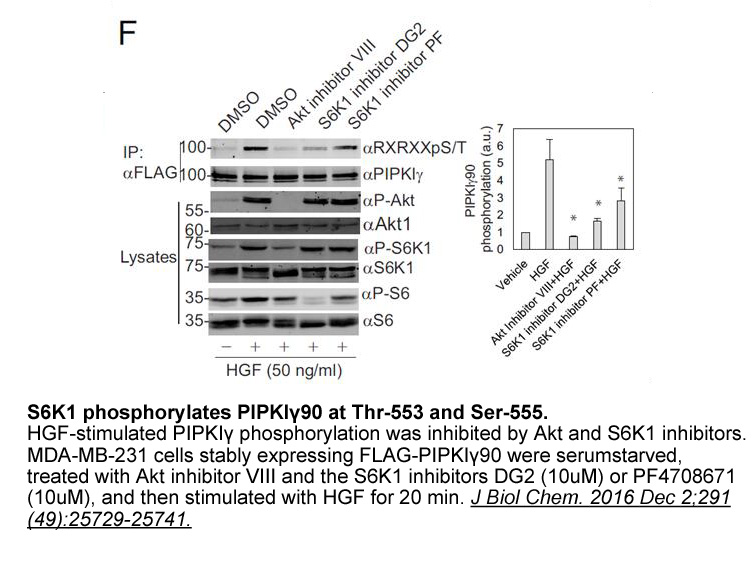
Materials and methods F. philippinensis plants were collected in August 2014 at a farm in Ninning, Guangxi province, China and identified by Dr. Yimmin Zhao. Voucher specimens (No. 530) were deposited in the Herbarium of Gaunxi Botanical Garden, China. Human recombinant neutrophil elastase (EC 3.
16588 records 708/1106 page Previous Next First page 上5页 706707708709710 下5页 Last page